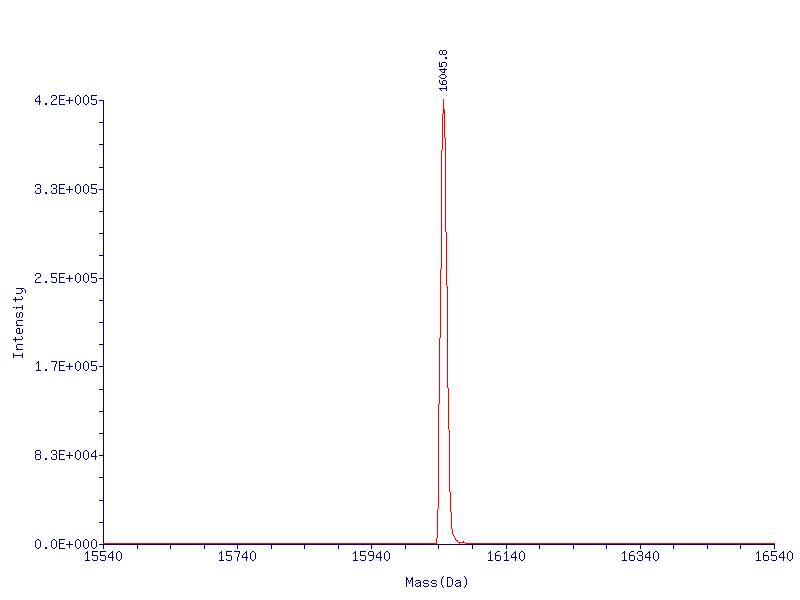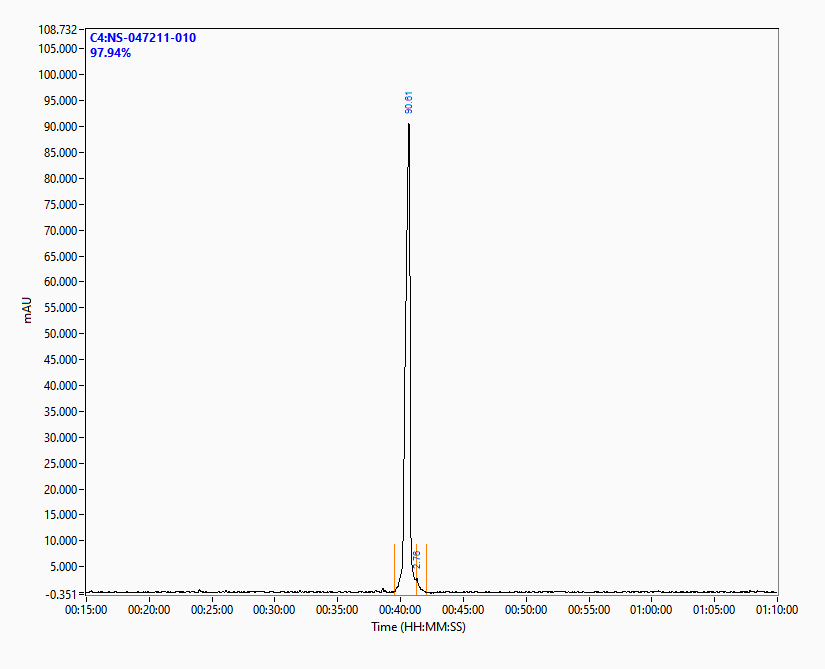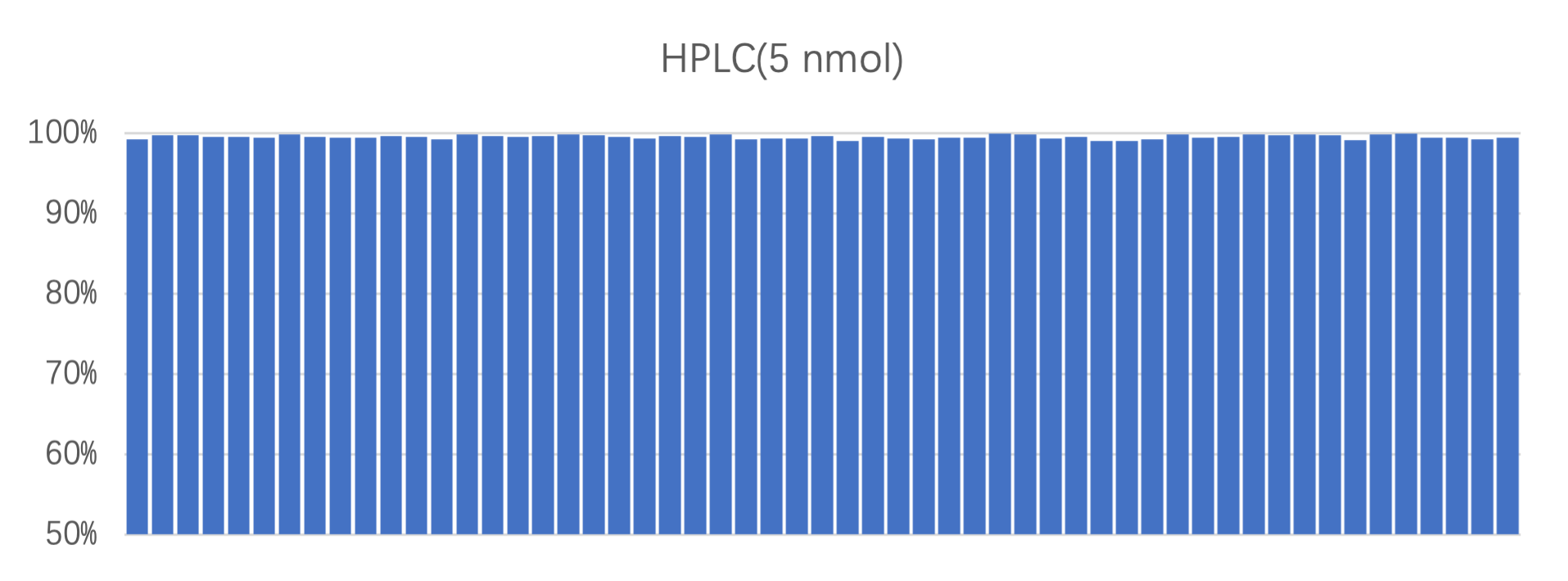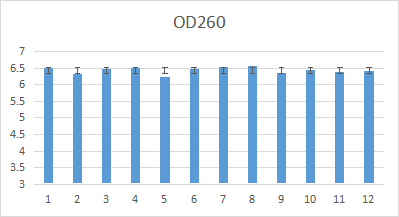



Service Details
|
Service Name |
Length (nt) |
Purification |
Price/ |
Deliverable |
Application |
|
Adapter |
15-80 |
HPLC/PAGE |
Inquire |
· Tube or Customized · Lyophilized DNA · COA Report(electronic) |
NGS library construction |
|
Blocker |
Customized |
HPLC |
Blocked sample adapter sequence |
||
|
Capture probes |
80-120 |
HPLC/PAGE |
Target area capture |
||
|
Multiplex PCR Oligos |
15-120 |
HPLC/PAGE |
Sequencing of specific target regions |



